Last week, I headed off to the University of Canterbury in the UK to present at the Amphibian Conservation Research Symposium. This is the fourth year that I’ve attended this meeting ,which aims to bring together researchers from all around the world working on all facets of amphibian conservation.
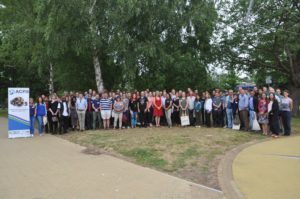
Photo credit: @AmphibianCon
For me, the meeting is always one of the major highlights of the year; an opportunity to get out of the office and network with a crowd of incredibly diverse people united with an infectious passion for amphibian conservation. As I’m in the final months of my PhD (and am therefore chained to my computer frantically writing up my thesis) this year was particularly rejuvenating- giving me a chance to live vicariously through the experiences shared by my fellow attendees. I may not have the time to do any fieldwork this year, but hearing about people scuba diving to discover the breeding ecology of critically endangered frogs, or using drones to survey bromeliads for cryptic amphibian species, cannot fail to inspire.
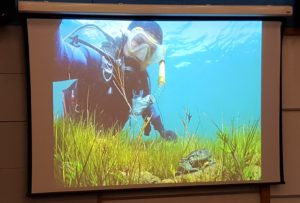
Photo credit: @TetZoo
ACRS always aims for a very broad mixture of talks, and this year was no exception. Topics spanned research into animal husbandry, infectious diseases (always necessarily a major topic in amphibian research, sadly), monitoring for cryptic species, and species’ reintroductions, to name just a few. These were complemented by a great set of keynote speakers. This year the key message I took from these talks is just how large and co-ordinated the amphibian conservation community is. Keynote talks from Anne Baker and Phil Bishop reminded me that although applied conservation often seems like working in a small-scale bubble, there is a whole alphabet soup of organisations (ASA, AArc, IUCN SSC ASG….the list is as endless as it is bewildering) co-ordinating across the globe to improve the fate of amphibians.
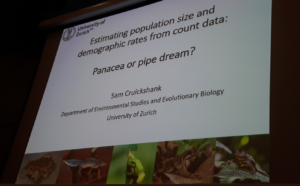
Photo credit: @AmphibianCon
One great aspect of ACRS is their Future Leaders programme: each year, the committee funds the attendance costs of several early-career researchers who have made substantial achievements in amphibian conservation in their host country. This years’ leaders hailed from Nepal, Brazil, India and South Africa, and each gave great presentations and insight into working in countries where things operate very differently to Europe! Particularly notable was Sethu Parvathy’s impressive and hilarious one-woman theatre performance of the persecution of frogs in cardamom farms in India (simultaneously from the perspective of farmers, frogs and rats), and the inspirational work of Luis Marin da Fonte. His involvement in discovering the only known population of a species new to science (the aptly named Admirable Red-belly toad) and securing protection of this site by successfully campaigning against the building of a hydroelectric plant upstream from the population, drew a spontaneous round of applause from the audience.
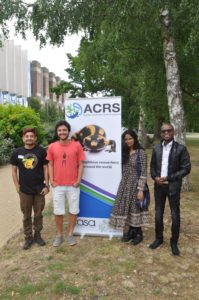
Photo credit: @AmphibianCon
My contribution to the meeting was a talk warning of the pitfalls of analysing count data; as the penultimate speaker on the last day of the conference, giving a talk on population modelling to a tired audience seemed like an uphill battle. However, I was happy to be approached by several people after the talk who were interested in my solution to the issues of non-closure in count data, and I hope that some fruitful collaborations will result from the meeting.
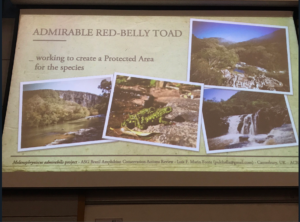
Photo credit: @AgentAmphibian
Thanks to the organisers at the University of Canterbury for organising another great conference! And also to Darren Naish of Tetrapod Zoology for writing up this great summary of the conference.
